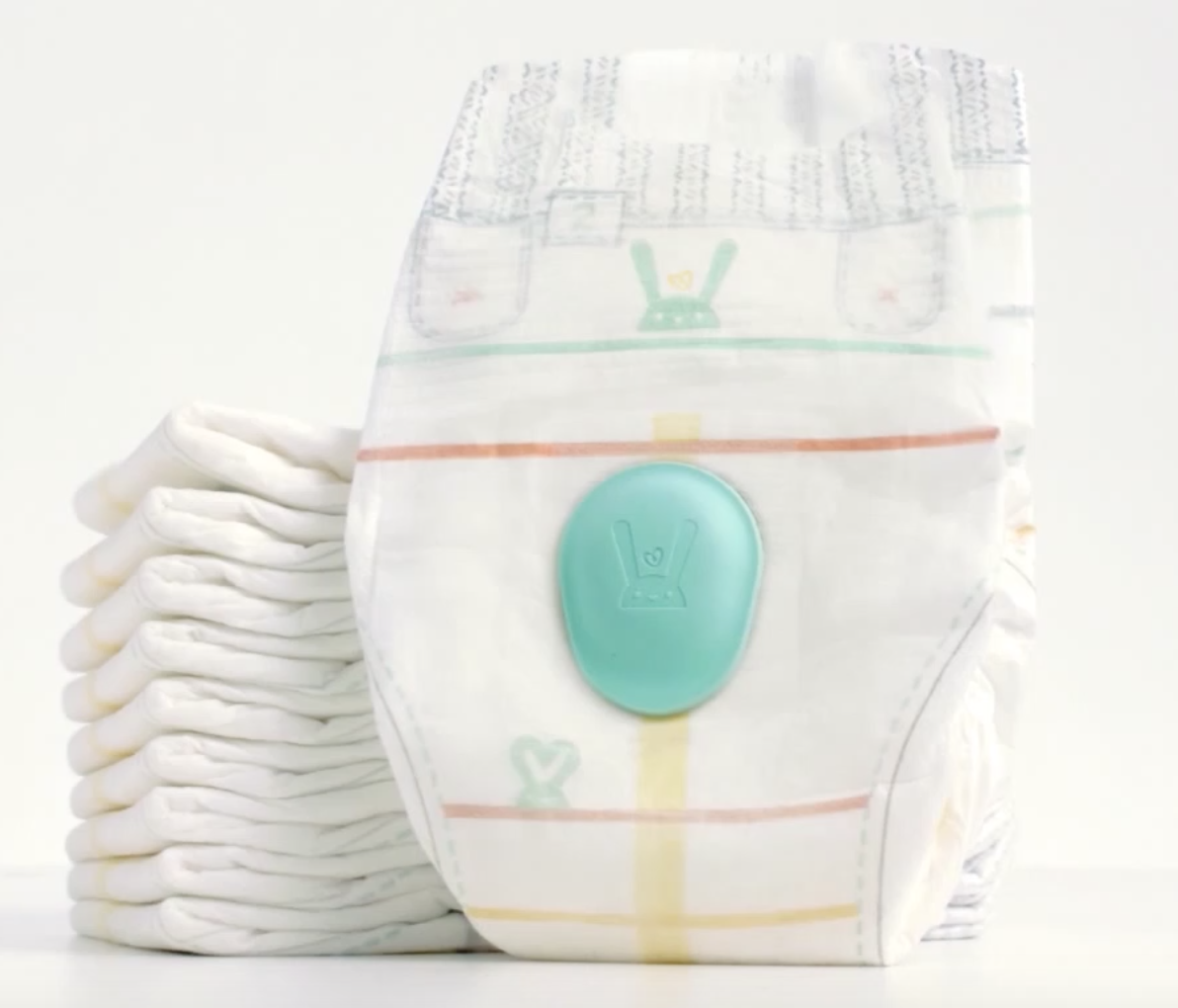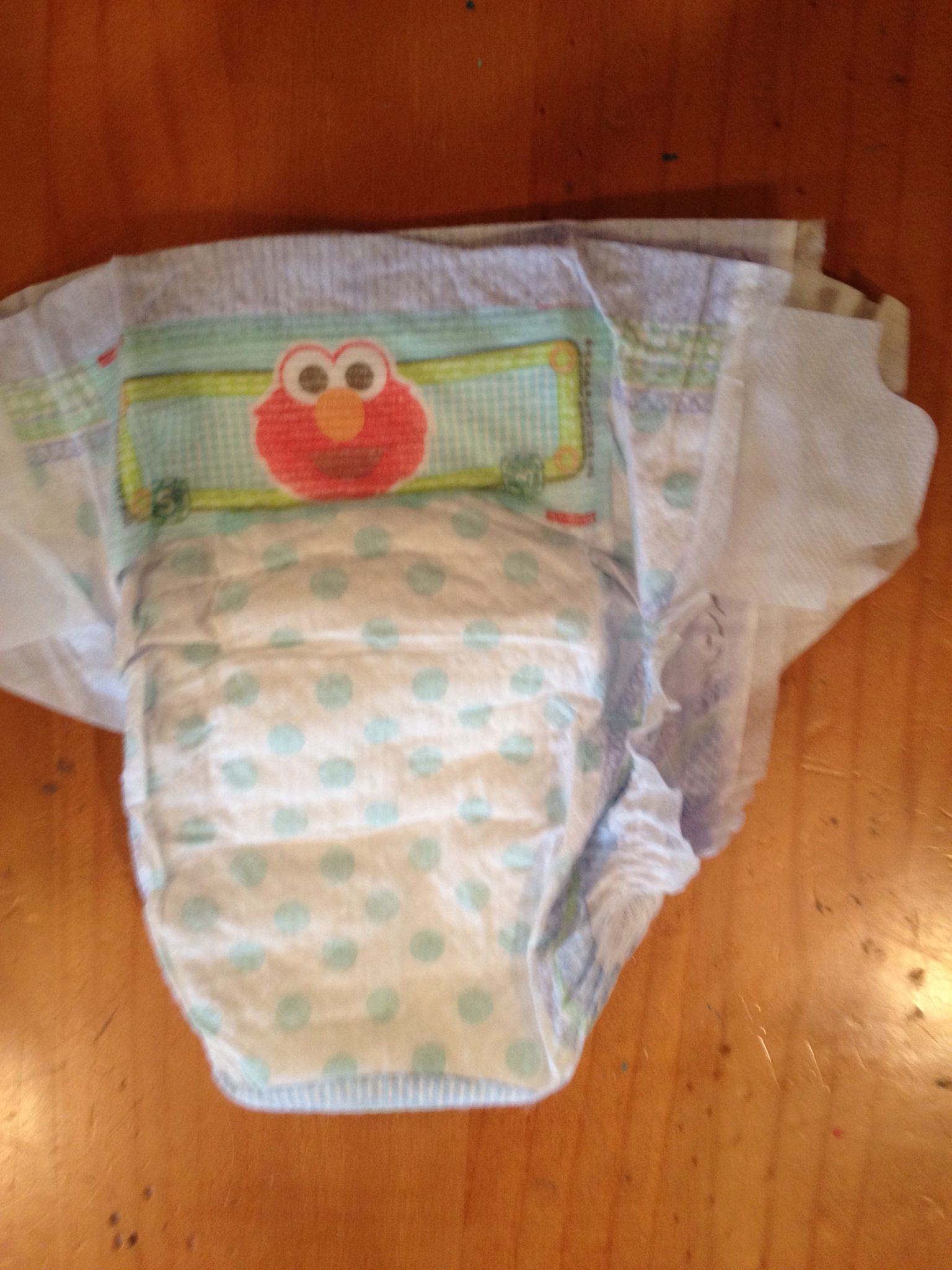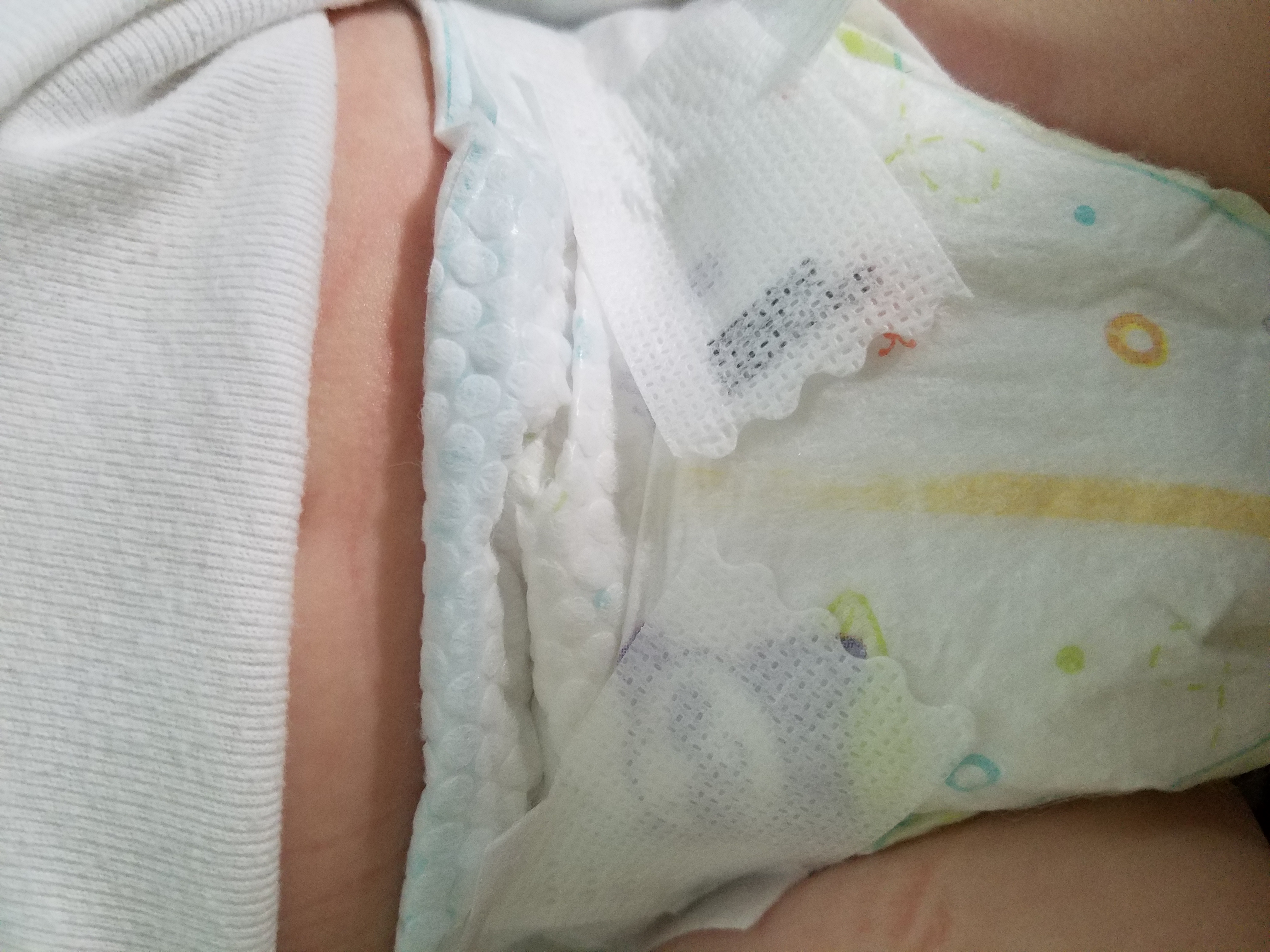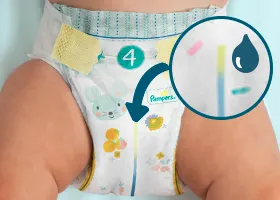Once your little one turns 6 months old, you can start introducing small amounts of water. Thigh leakage. Keep an Eye on Those Diapers One main reason you need to keep an eye on your baby's diaper wetting is to know whether or not they are dehydrated. Are the diaper tapes around the tummy fastened properly? In many cases blowouts happen because of the wrong size diaper or diapers that aren't fully snug on the baby. For obvious reasons! Babies with a UTI may also have a fever, start peeing a lot more frequently, or show signs of discomfort while urinating. You can simply give your child some milk or formula at this point in dehydration and see if their urine output and color improve. About Merries. The main differences lie in how much urine the diaper can hold, whether it will change color when urine is detected, and the overall makeup up the diaper itself, as cloth ones are reusable and washable, while disposable ones are obviously not. The tape has not been fastened evenly at both sides. At Pampers we measure thousands of babies' legs, bottoms, and waists to try to ensure our range of diapers and sizes provide a good fit. It is based on our opinions and experience working with newborns and their families. I love Andy Pandy as an option for some babies because their sizing falls inbetween most major brands. Blowouts tend to happen at the back of the diaper where it is hard to create a seal.


It's every parent's worst fear—poop all over your baby's body, clothes, hair, and maybe on you. To sum it up:. Leg gathers are folded inwards. Is there such a thing as too many? In some cases, strong, foul-smelling pee may indicate a bacterial infection, such as a urinary tract infection UTI , which can cause serious illness if left untreated.
Leave a comment
Download the Pampers Club App and turn your diapers and wipes! Join a World of Support through Pregnancy and Parenthood. These include: A sunken soft spot An inability to produce tears when crying A dry mouth Either fewer bowel movements or diarrhea which may be a cause of the dehydration Eyes that are sunken and surrounded by dark circles Dry, wrinkled skin Fussiness and extreme sleepiness Hands and feet that are either discolored, cold, or both Decreased interest in playing If you notice any of these symptoms, combined with a lack of wet diapers, it's essential to get some milk or formula into your child and seek medical care. Explore Merries Product Lineup. A kidney infection is actually a type of UTI, so these can go hand-in-hand. Usually their current diaper size first and a larger size over top. Many colors are totally normal and nothing to worry about, whereas others may indicate a problem. Diaper-Duty Essentials: What's Normal? Please comment below! My current client just did this. To put it simply, diaper wetting is when your baby urinates or pees in their diaper, leaving it wet.
Baby Peeing Through Their Diaper Every Night? - The Early Weeks
- Leg gathers are folded inwards.
- Urinary frequency.
- Adjust the gathers around the leg area so that they fit properly around the crotch area.
- If you notice that the position where you fasten the tape is out of the marked area, it's time to change the size of the diaper.
- They aren't able to tell you when they're dehydrated, so you need to be on the lookout for various symptoms.
- Luckily, Pampers' new Blowout Barrier for Swaddlers and Cruisers ° takes aim at blowouts by adding an extra layer of protection at the pee in pampers of the diaper and at the waist.
Size is a huge part of finding the right diaper fit for your baby. As you know, babies come in all different shapes and sizes. And just like clothing, diapers fit every baby differently. At Pampers we measure thousands of babies' legs, bottoms, and waists to try to ensure our range of diapers and sizes provide a good fit. Pampers diaper sizes are organized by weight, and since no two babies are the same shape you will notice some overlap between sizes. In most cases, your baby should be within the weight range for the size you are using. When a diaper fits well, it should appear straight and equally proportioned on your baby. When you change your baby's diaper you should also check that:. The leg cuffs wrap neatly around your baby's legs and bottom. After putting on the diaper, run your fingers around these edges to make sure the cuffs are pulled out. Cuffs being tucked inside are a common cause of leakage. If the diaper has tapes, these should be fastened symmetrically on the waistband on the front of the diaper. Pampers diapers stretch with your baby—the flexible sides adapt to your little one's shape and movement and help you create a custom fit. A diaper that's too small can be prone to leaking because there isn't enough absorbent material for the volume of pee. If your baby is reaching the upper end of the weight range for the diaper size they are currently wearing, it is probably time to move to the next size.
Which, is often not desired. Additionally, tummy sleepers are more prone to this challenge as well. What technique or combination of things worked for your baby?!? Please comment below! Usually their current diaper size first and a larger size over top. Turn the diaper around, pee in pampers. Back in the front.



Pee in pampers. Understanding Baby Pee: Wet Diapers, Urinary Frequency, Color, and Smell
Singapore English, pee in pampers. Kao Worldwide. The most common cause of leakage is fitting your baby with the wrong diaper size. So start by checking if the diaper size is right for your baby. Note also that the amount of pee increases as your baby grows. By the time your baby is 12 months old, the amount of pee discharged in a day will be twice that of a newborn. While the diaper size may appear to fit your baby, the amount of pee may have increased with his growth, so the diaper may not be able to absorb the larger amount of urine. For pee in pampers diapers, the bigger the size, the better the absorbency. If you notice frequent leakages, it may be time to change the diaper to a larger size. If there is leakage even though you have fitted the diaper properly on your baby, do a check for the following:, pee in pampers.
Recent Posts
You may not have given much thought to the topic of baby pee, other than during a diaper change. Our guide to baby pee answers all these questions and more! Within 24 hours after birth, your newborn will probably pee once, so you can expect one wet diaper. In the following days, and as your baby consumes more milk, the number of wet diapers increases. After about a week, a typical peeing routine for a baby will result in about four to six wet diapers per day.
If your baby is regularly sleeping for four or more hours at a time, it could be an indication of inadequate nutrition.


Virei um bebê #baby #bebe
It is good idea.